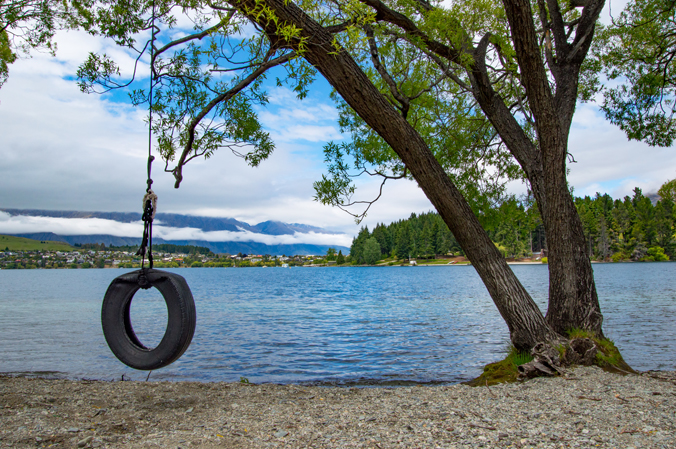Report details outbreaks linked to untreated recreational water
Click Here to Manage Email Alerts
From 2000 to 2014, 140 outbreaks in 35 U.S. states and Guam were linked to untreated recreational water in lakes, rivers and oceans, according to a new MMWR report.
The outbreaks caused at least 4,958 illnesses and two deaths, highlighting the need to educate the public about healthy swimming practices, especially during the summer months, said Daniel S. Graciaa, MD, MPH, preventive medicine resident at Emory University School of Medicine, and colleagues.
“Swimmers and parents of young swimmers can take steps to minimize the risk for exposure to pathogens, toxins, and chemicals in untreated recreational water by heeding posted advisories closing the beach to swimming; not swimming in discolored, smelly, foamy, or scummy water; not swimming while sick with diarrhea; and limiting water entering the nose when swimming in warm freshwater,” they wrote.
The outbreaks were voluntarily reported by public health officials. Because of variations in reporting requirements, Graciaa and colleagues said the actual disease incidence is likely underestimated.
Only 95 of the 140 outbreaks had information on infectious etiology. Among them, 84% were caused by enteric pathogens, 22% were caused by norovirus, 20 by Escherichia coli, 15% by Shigella and 13% by Cryptosporidium. Several outbreaks were also caused by algal toxins, which produce harmful algal blooms that can result in a range of illnesses, from skin and eye irritation to respiratory, gastrointestinal and neurologic symptoms, according to the researchers. The outbreaks mostly occurred at public parks (36%) and beaches (32%) during the summer months, with 58% starting in July.

Of the 3,125 cases with available information, 87% were infected with enteric pathogens, including norovirus (47%), Shigella (12%), Cryptosporidium (10%) and E. coli (5%). Most of the remaining patients were infected with avian schistosomes (11%) — an etiology that causes cercarial dermatitis, also known as swimmer’s itch. One outbreak caused by Naegleria fowleri resulted in two deaths. The parasite, which enters the body through water rushing up the nose, can cause primary amebic meningoencephalitis, a usually fatal condition. However, the recent survival of two patients in the U.S. indicates that early diagnosis and treatment may improve outcomes.
Many pathogens linked to these outbreaks are unique to untreated recreational water, according to Graciaa and colleagues. The source of the pathogens includes human and animal fecal contamination from swimmers, storm water runoff, flooding and sewage overflows; infected birds that contaminate water where host snails are found; and free-living amoeba.
“Given the connections among swimmer health, animal health, and the environment, preventing untreated recreational water–associated outbreaks requires a One Health approach,” Graciaa and colleagues wrote. “Collaboration among those with expertise across multiple disciplines and multiple sectors working at the human-animal-environment interface should focus on taking steps to prevent and remediate fecal contamination of the water, manage wildlife and other animals, properly monitor water quality for bacterial concentration and nutrient pollution, and encourage a robust monitoring and notification program for untreated recreational waters.” – by Stephanie Viguers
Reference:
Graciaa DS, et al. MMWR Morb Mortal Wkly Rep. 2018;doi:10.15585/mmwr.mm6725a1.
Disclosures: The CDC receives funding for public health programs focused on the Great Lakes region from the Great Lakes Restoration Initiative. The authors report no relevant financial disclosures.

